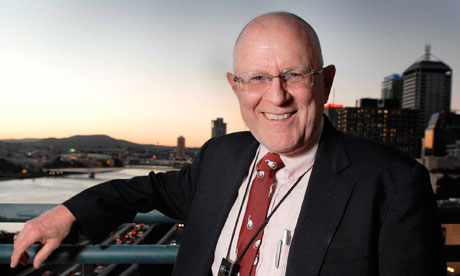
I got my SenseCam in 2003. It is a camera developed by Lyndsay Williams at Microsoft's Cambridge lab, which you dangle around your neck like a pendant. It's black, about the size of a cigarette packet, and it's got a fisheye lens that has maybe a 135-degree field of view. The device automatically takes a picture roughly every 20 seconds, providing it is still, which is 180 photos an hour.
The new one also has a button on it that turns the camera off for two minutes. This turns out to be fairly handy feature, because otherwise you end up with a lot of pictures of toilets. It doesn't record audio; that was felt to be too intrusive.
It was designed to be worn 24/7, looking where you're looking. Lyndsay said it would be a "where did I put my keys?" device, or that it could provide a record of a bicycle accident or something. To begin with, I used it to explore whether it was something that people would want to use.
I don't wear the SenseCam all the time. Instead, I have built up about 100 sequences, consisting of 60,000 to 80,000 images. That content varies from pleasant walks to conferences, so I can see who I was talking to.
The camera marks the time that all the pictures were taken, and then I upload the images into a single folder, labelling the sequence so that I can retrieve it later. I also make a complete digital record of all the other information I generate, as part of a project called MyLifeBits.
The sequences I like best are walks and trips and things like that. To me, that's still what the SenseCam is most useful for. One of the things I also like, as a lot of people do, is to record pictures of food. They're good as screensavers, and it's nice to go back and look at a meal you had. I'll put my neck on the line and say that I believe millions of these will be used within a decade.
• Gordon Bell is a computer engineer, lifelogger and SenseCam user

